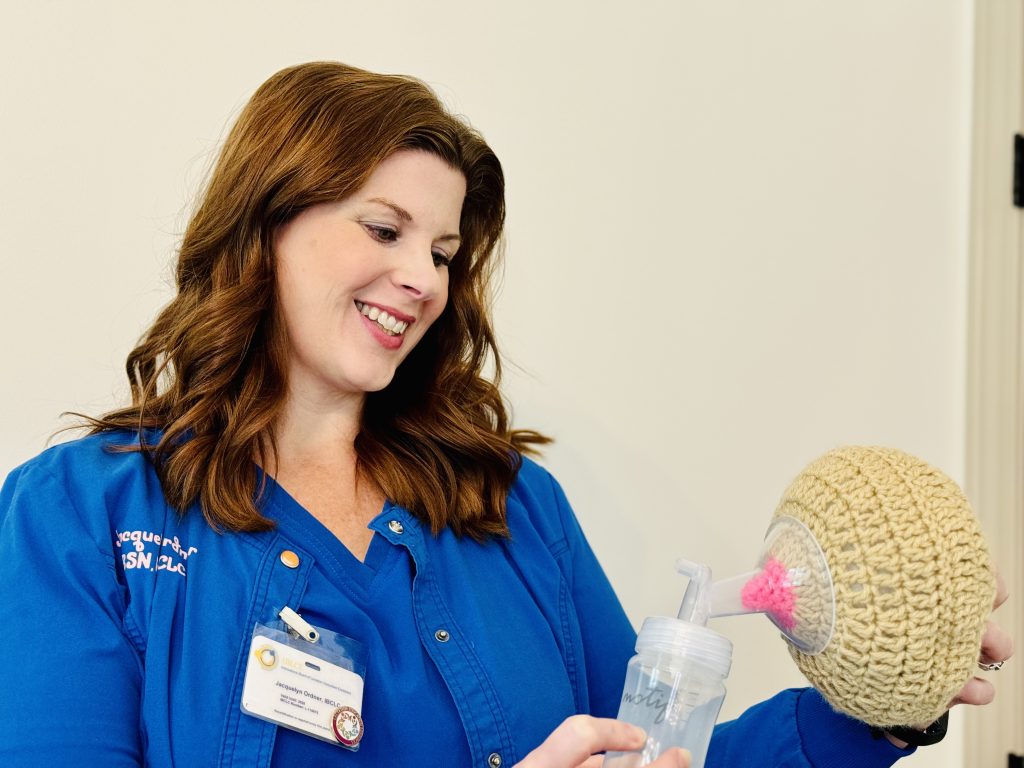Pumping Tips with Jacque Ordner of Motif Medical: Podcast Episode #259

Kristin Revere and Jacque Ordner discuss finding ways to make pumping more effective, comfortable, and sustainable in the latest episode of Ask the Doulas. Jacque is an IBCLC, BSN, RN, RLC, and Motif Medical Advisor. Hello, hello! This is Kristin Revere with Ask the Doulas. I am thrilled to chat with Jacque Ordner today. Jacque […]


